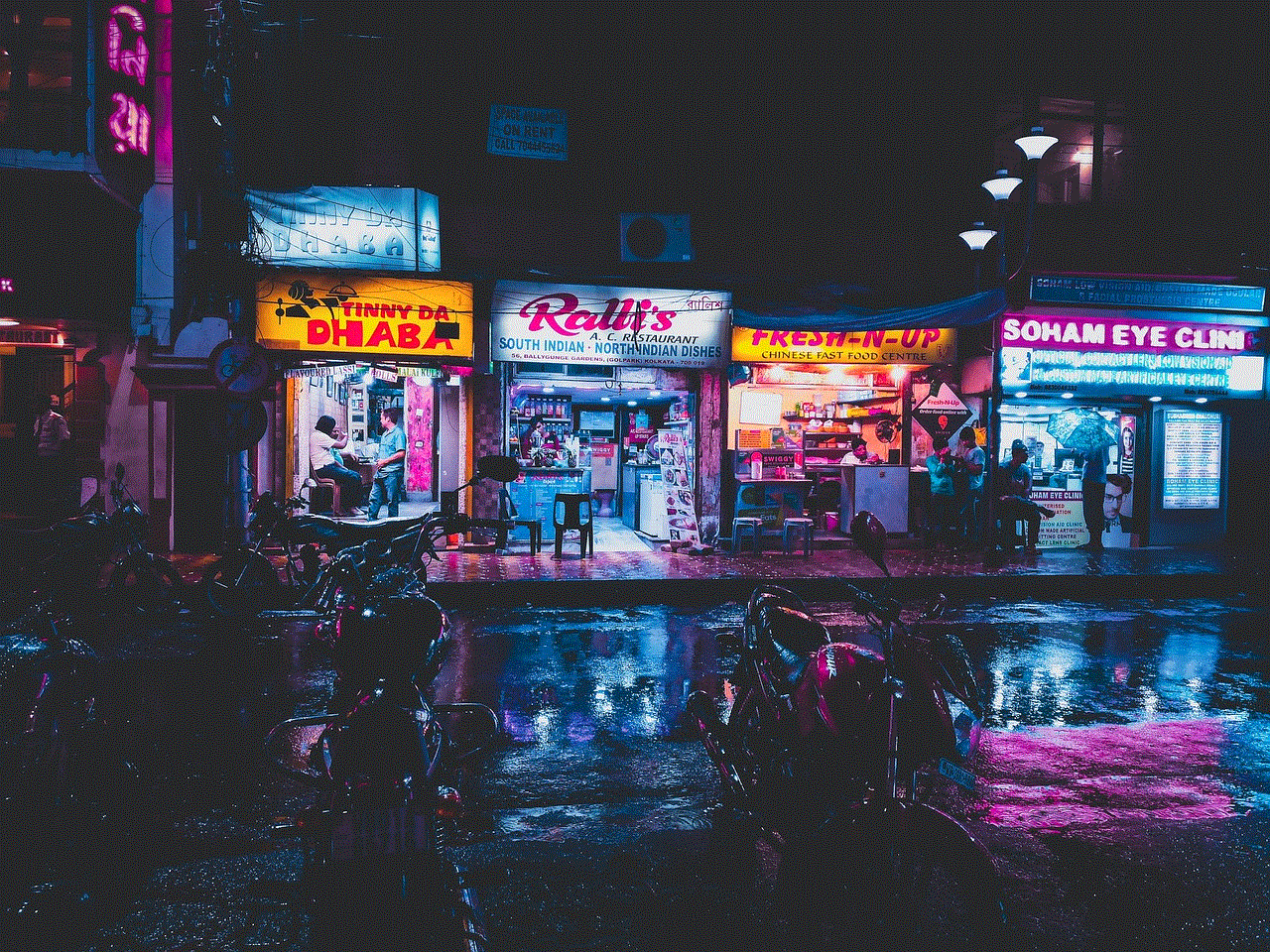triple a reimbursement
Introduction:
In today’s fast-paced world, it is not uncommon for individuals to incur expenses for business or personal reasons. However, the burden of these expenses can often be alleviated by seeking reimbursement from an employer or insurance company. One such form of reimbursement is known as triple A reimbursement. This is a type of reimbursement that is designed to cover three types of expenses – accommodation, airfare, and automobile. In this article, we will delve deeper into the concept of triple A reimbursement, its benefits, and how it can be obtained.
What is Triple A Reimbursement?
Triple A reimbursement is a type of reimbursement that is commonly offered by employers or insurance companies to cover the expenses incurred by individuals for accommodation, airfare, and automobile. It is also known as the “triple A” or “AAA” reimbursement policy. This form of reimbursement is primarily used by businesses to cover the expenses incurred by employees while traveling for work-related purposes. However, it can also be availed by individuals who travel for personal reasons and have adequate insurance coverage.
Benefits of Triple A Reimbursement:
The primary benefit of triple A reimbursement is that it covers three types of expenses – accommodation, airfare, and automobile. This makes it a comprehensive form of reimbursement that can significantly reduce the financial burden on individuals. Additionally, triple A reimbursement is usually tax-free, which means that individuals do not have to pay taxes on the reimbursement amount, making it a more financially viable option.
Triple A reimbursement also offers flexibility in terms of choosing the mode of transportation, accommodation, and the duration of the trip. This allows individuals to make their own travel arrangements, as long as they fall within the guidelines set by the employer or insurance company. This flexibility can be especially beneficial for individuals who have specific preferences or needs while traveling.
Another advantage of triple A reimbursement is that it provides individuals with a sense of security and peace of mind. Knowing that their expenses will be covered, individuals can focus on their work or enjoy their trip without worrying about the financial aspect.
Obtaining Triple A Reimbursement:
The process of obtaining triple A reimbursement varies depending on the employer or insurance company. In most cases, individuals need to submit a detailed expense report, along with supporting documents such as receipts and invoices, to their employer or insurance company. This report should include all the expenses incurred for accommodation, airfare, and automobile, along with the purpose of the trip and the duration.
It is essential to adhere to the guidelines set by the employer or insurance company while submitting the expense report. Any expenses that do not fall within the guidelines may not be reimbursed. Additionally, individuals should ensure that they keep all the necessary documents and receipts as proof of their expenses.
In some cases, employers or insurance companies may also require individuals to submit a travel itinerary or an authorization form before the trip. This is to ensure that the expenses are pre-approved and within the set guidelines.
It is crucial to note that triple A reimbursement may not cover all expenses incurred during the trip. For example, individuals may need to cover their meals and other incidental expenses. Therefore, it is recommended to have a clear understanding of the policy and its coverage before embarking on the trip.
Tips for Maximizing Triple A Reimbursement:
To ensure maximum reimbursement, it is essential to plan and budget the trip carefully. This includes researching the most cost-effective modes of transportation and accommodation, as well as keeping track of all expenses. Additionally, individuals should adhere to the guidelines set by the employer or insurance company to avoid any discrepancies.
Another tip for maximizing triple A reimbursement is to be aware of the limits set by the employer or insurance company. For example, there may be a limit on the amount that can be reimbursed for accommodation or airfare. By being aware of these limits, individuals can make informed decisions and avoid any out-of-pocket expenses.
Lastly, it is crucial to keep all the necessary documents and receipts organized and easily accessible. This will make the reimbursement process smoother and less time-consuming.
Conclusion:
In conclusion, triple A reimbursement is a comprehensive form of reimbursement that covers three types of expenses – accommodation, airfare, and automobile. It offers numerous benefits, including flexibility, tax-free reimbursement, and a sense of security. However, individuals need to adhere to the guidelines set by the employer or insurance company to ensure maximum reimbursement. By following the tips mentioned above, individuals can effectively plan and budget their trips to maximize their triple A reimbursement.
dan in real life locations
When it comes to blockbuster movies, there’s no denying that they often take us to far-off lands and fantastical worlds that we could only dream of. From space adventures to ancient civilizations, the possibilities are endless. However, there is something special about movies that are set in real life locations. These films not only showcase the beauty and diversity of our world, but they also allow us to experience these places in a whole new light. One such movie that achieved this is the 2013 hit, “The Secret Life of Walter Mitty” directed by and starring Ben Stiller. This heartwarming and visually stunning film takes viewers on a journey around the world and showcases some of the most breathtaking real-life locations. Let’s take a closer look at these locations and the impact they had on the film.



The movie begins in New York City, a bustling metropolis filled with skyscrapers and busy streets. It’s a city that is known for its fast-paced lifestyle and iconic landmarks such as the Empire State Building and Central Park. In the film, we see Walter Mitty (played by Stiller) navigating his way through the city as he works for the magazine, Life. New York City serves as the perfect backdrop for the beginning of the film, as it represents the mundane and routine life that Walter is living. However, as the story progresses, we see Walter’s travels taking him to more exotic and exciting locations.
One of the most visually stunning locations in the film is Iceland. This small island nation is known for its dramatic landscapes, including volcanoes, glaciers, and waterfalls. In the movie, Walter visits Iceland on his quest to find a missing photo negative for the final issue of Life magazine. The scenes shot in Iceland are nothing short of breathtaking, with the crystal blue waters of the Jökulsárlón Glacier Lagoon and the rugged terrain of Snæfellsnes Peninsula. The country’s unique and untouched beauty is captured perfectly, making viewers feel like they are right there with Walter on his journey.
Another location that plays a significant role in the film is Greenland. This remote and sparsely populated island is the world’s largest island and is known for its vast ice sheet and polar bears. In the movie, Greenland serves as a pivotal moment for Walter as he finally lets go of his fears and takes a leap of faith. The scene shot on the ice sheet is a powerful and emotional one, with the vastness of the landscape highlighting the message of letting go and embracing the unknown.
The film also takes viewers to the Himalayan Mountains in Afghanistan. This location is where Walter’s adventure truly begins as he sets off to find the elusive photographer, Sean O’Connell (played by Sean Penn). The mountains provide a stunning backdrop for the scenes shot there, with their snow-capped peaks and rugged terrain. The Himalayas are not only visually striking, but they also hold a sense of mystery and wonder that adds to the film’s storyline.
While the film primarily focuses on Walter’s travels, it also gives viewers a glimpse into the local culture and traditions of the places he visits. In Afghanistan, we see Walter being welcomed into a village and participating in a traditional ceremony. This scene not only adds depth to the film but also showcases the warmth and hospitality of the people in this region. Similarly, in Iceland, we see Walter interacting with locals and learning about their way of life. These moments add an authentic touch to the film and make viewers feel like they are experiencing these places alongside Walter.
Apart from showcasing the beauty and culture of these locations, the film also highlights the importance of conservation and preservation. In the movie, Walter meets a group of Sherpas in the Himalayas who are on a mission to protect the endangered snow leopard. This scene sheds light on the impact of human activities on wildlife and the efforts being made to protect these animals. It’s a powerful message that resonates with viewers long after the film has ended.
Moving on from the exotic locations, the film also takes us to some well-known cities, such as Los Angeles and Chicago. While these cities may not be as visually striking as the other locations in the film, they play a crucial role in the story. In Los Angeles, we see Walter trying to track down Sean O’Connell, which leads him to an iconic skateboarding scene through the streets of the city. This sequence not only adds an element of humor to the film but also showcases the energy and vibe of Los Angeles.
In Chicago, we see Walter attending the final issue of Life magazine’s farewell party. The city’s iconic skyline serves as a reminder of the fast-paced and competitive world of publishing that Walter is a part of. However, it’s also in Chicago where we see Walter finally letting go of his fears and embracing a new and exciting chapter in his life. Both Los Angeles and Chicago provide a contrast to the exotic locations in the film and add depth to the story.
Overall, “The Secret Life of Walter Mitty” is a visually stunning film that takes viewers on an unforgettable journey around the world. The real-life locations showcased in the movie not only add to the film’s beauty but also play a crucial role in the story. From the bustling streets of New York City to the rugged terrain of Afghanistan and the serene landscapes of Iceland, each location adds a unique element to the film and leaves a lasting impression on viewers. So the next time you watch a movie set in a real-life location, take a moment to appreciate the beauty and diversity of our world and the impact these locations have on the story.
whatsapp read message without blue tick



In today’s digital age, instant messaging has become one of the most popular forms of communication. Among the various messaging apps available, WhatsApp has emerged as the go-to choice for many people. With its user-friendly interface and wide range of features, WhatsApp has revolutionized the way we stay connected with our friends and family. However, like any other messaging app, WhatsApp also has its limitations. One of the most talked-about limitations of WhatsApp is the infamous blue tick. This feature indicates that the recipient has read the message, causing a lot of annoyance and frustration among users. In this article, we will explore how to read WhatsApp messages without the blue tick and the controversies surrounding this feature.
Before we delve into the details, let’s first understand how the blue tick feature works. When you send a message on WhatsApp, it is marked with a single grey tick, indicating that the message has been sent successfully. As soon as the recipient receives the message on their phone, the grey tick turns into double grey ticks, indicating that the message has been delivered. However, when the recipient reads the message, the grey ticks turn into blue ticks, indicating that the message has been read. This feature has been the cause of many arguments among WhatsApp users, with some finding it useful, while others finding it intrusive.
The blue tick feature was introduced by WhatsApp in November 2014, causing a stir among users. Many users felt that this feature invaded their privacy, as it indicated when they had read the message. The feature was initially rolled out for individual chats, and later, it was extended to group chats as well. This led to an uproar among the users, with many demanding the option to disable the feature. However, WhatsApp stood firm on their decision, stating that the blue tick feature was here to stay.
As expected, the introduction of the blue tick feature gave rise to various workarounds to read messages without triggering the blue ticks. One popular method was to turn off the read receipts option in the settings. This would disable the blue ticks for both the sender and the recipient. However, this method came with a downside. When you turn off the read receipts, you will not be able to see when others have read your messages as well. This could lead to confusion and misunderstandings, especially in group chats.
Another method that gained popularity was the use of third-party apps. These apps claimed to disable the blue ticks without turning off the read receipts. However, these apps came with their own set of risks, including privacy concerns and the possibility of the app being banned by WhatsApp. Moreover, there was no guarantee that these apps would work, as WhatsApp regularly updates its algorithms to prevent such workarounds.
In 2016, WhatsApp introduced a new feature called “selective read receipts.” This feature allowed users to disable the read receipts for specific contacts while keeping them on for others. While this was a step in the right direction, it still did not solve the issue entirely. Users still had to manually enable this feature for each contact, which could be time-consuming and inconvenient.
Amid all the controversies and debates surrounding the blue tick feature, WhatsApp made a significant change in 2018. They introduced the “mark as unread” option, which allowed users to mark a message as unread, even after they had read it. This feature came as a relief to many users, as they could now read messages without triggering the blue ticks and mark them as unread later.
Apart from these methods, there are a few other ways to read WhatsApp messages without the blue tick. One popular method is to read the message from the notification bar without opening the app. This will not trigger the blue ticks, as WhatsApp considers the message to be unread until you open the app. However, this method only works for short messages, as longer messages may not be displayed entirely in the notification bar.
Another method is to turn off the internet connection before opening the message. This will prevent WhatsApp from connecting to the server and updating the blue ticks. However, this method is not foolproof, as WhatsApp may update the blue ticks once the internet connection is restored.
In 2019, WhatsApp introduced the “disappearing messages” feature, which automatically deletes messages after a set period of time. This feature can be useful for those who want their messages to disappear after they have been read. However, this feature is not a solution to the blue tick problem, as the recipient can still see the message before it disappears.



In conclusion, the blue tick feature on WhatsApp has been a topic of much debate and controversy since its introduction. While it can be useful in some situations, it can also cause frustration and arguments among users. With the various workarounds and updates introduced by WhatsApp, users now have more control over the blue tick feature. However, the best way to avoid any issues related to the blue ticks is to have open and honest communication with your contacts. After all, the purpose of messaging apps is to facilitate communication, not cause misunderstandings and conflicts.